- 23
- Mar
किन लिथियम ब्याट्रीको क्षमता क्षय हुन्छ, कसैले अन्तमा संक्षेप गर्यो
Lithium-ion batteries are the fastest-growing secondary batteries after nickel-cadmium and nickel-hydrogen batteries. Its high-energy properties make its future look bright. However, lithium-ion batteries are not perfect, and their biggest problem is the stability of their charge-discharge cycles. This paper summarizes and analyzes the possible reasons for the capacity fading of Li-ion batteries, including overcharge, electrolyte decomposition and self-discharge.
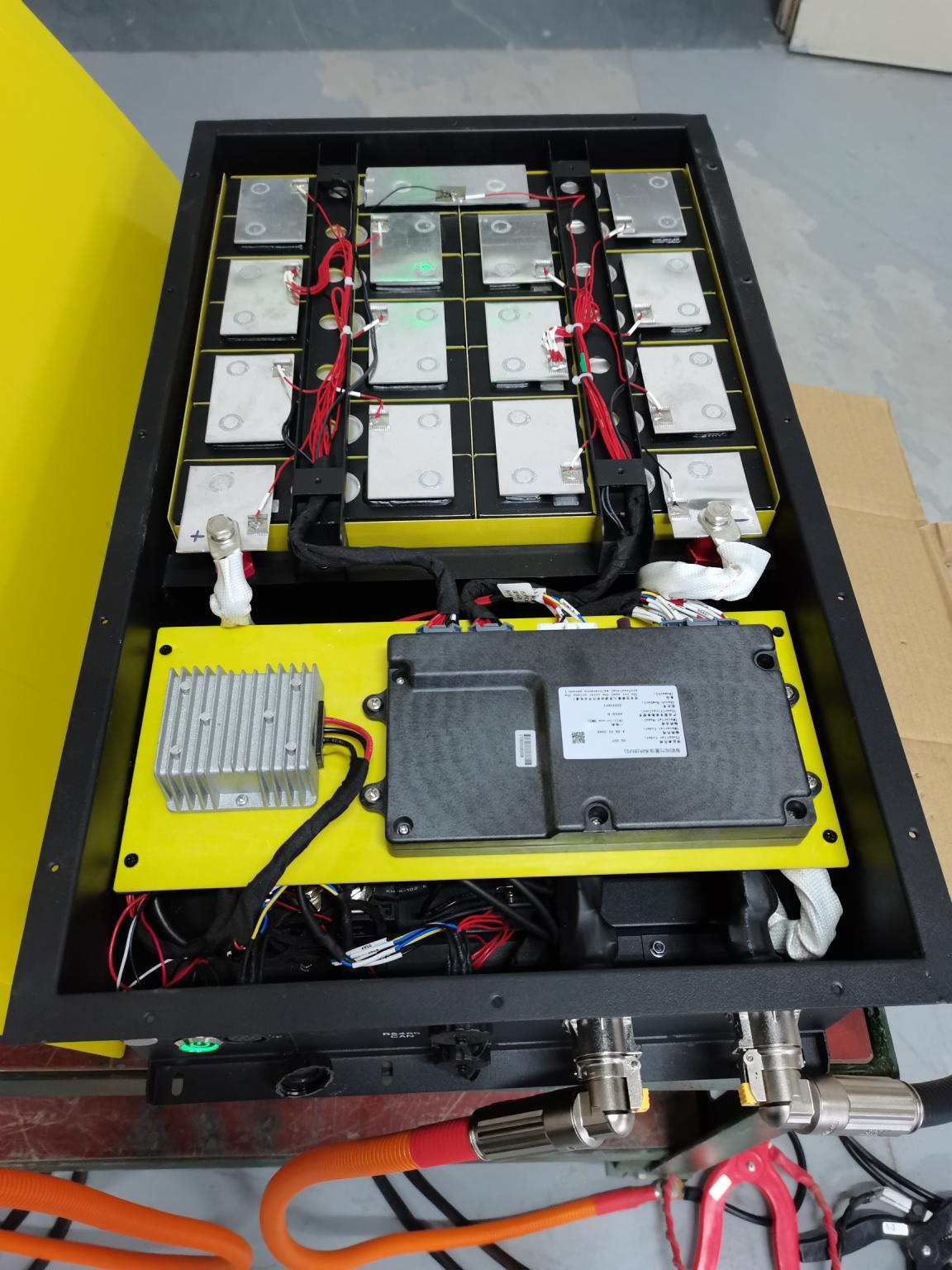
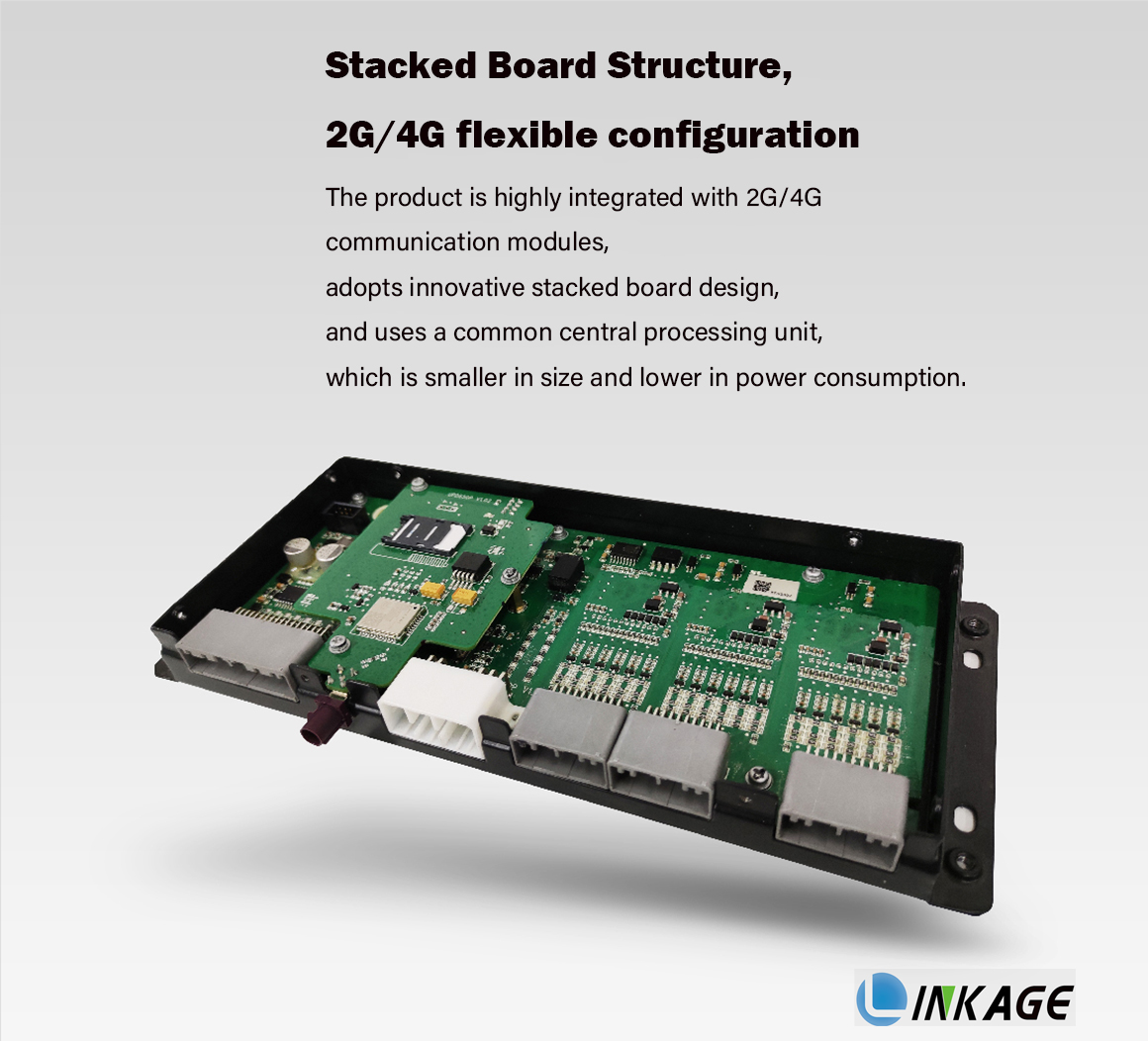
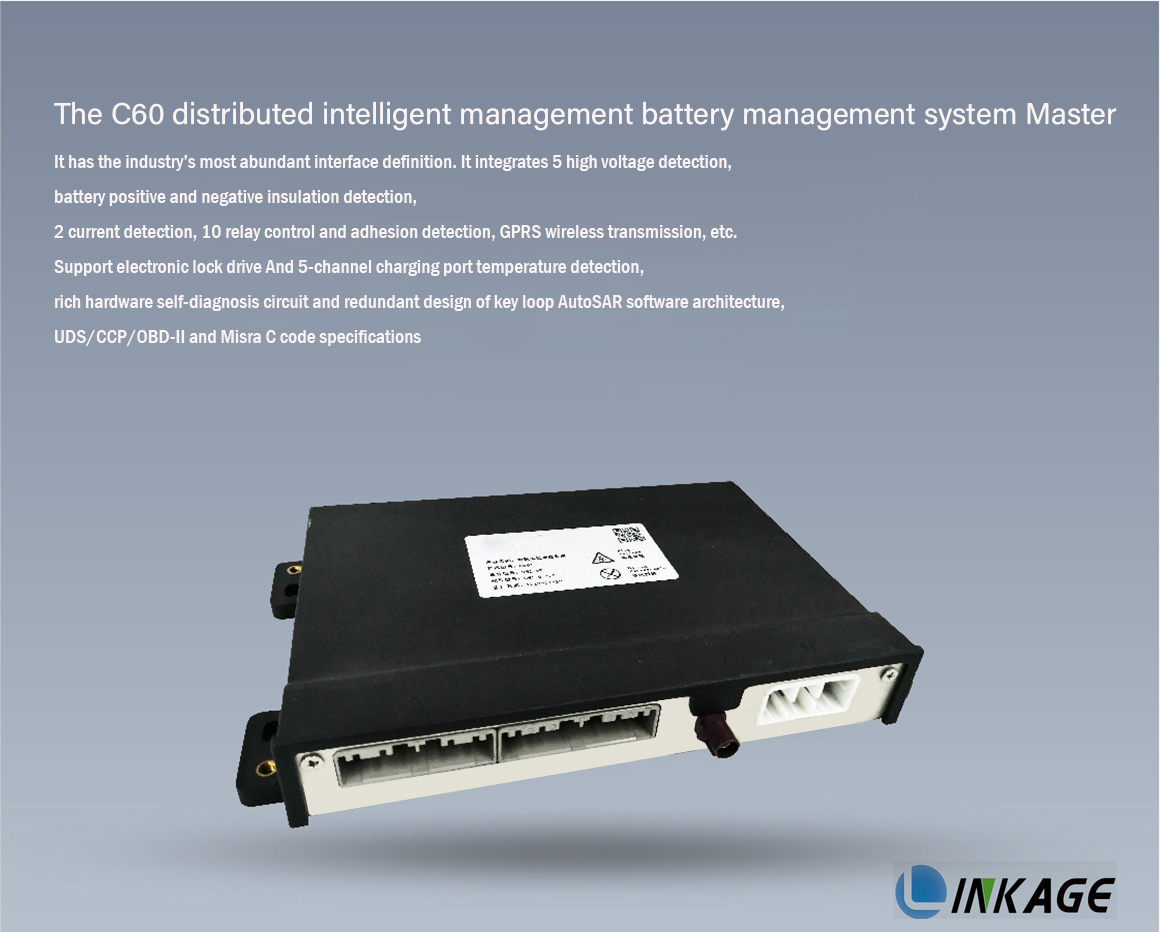
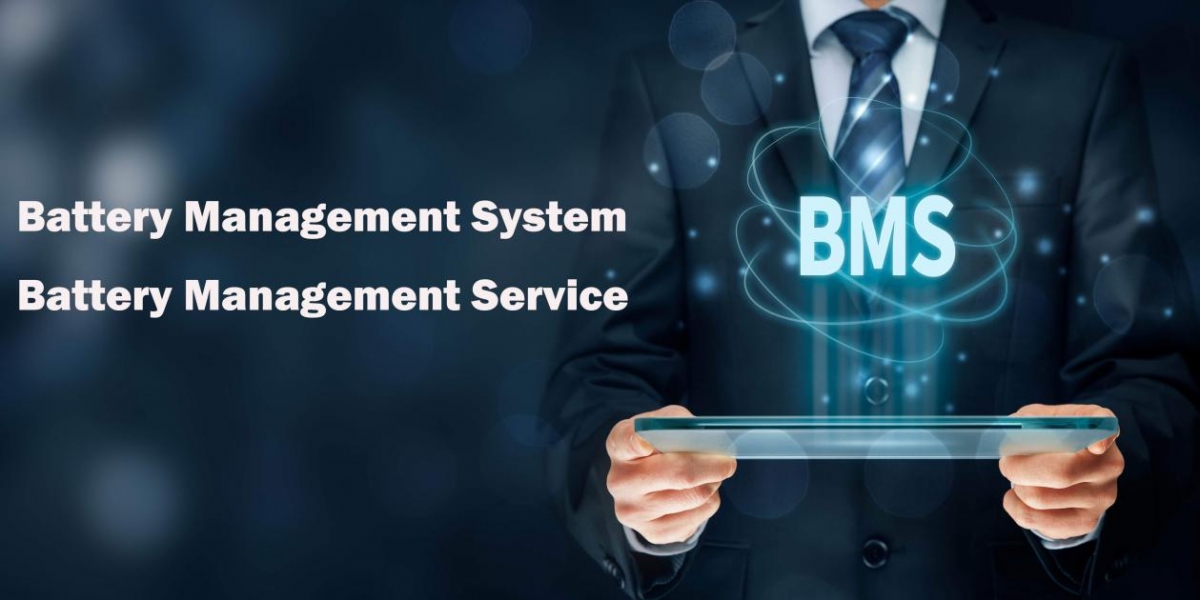
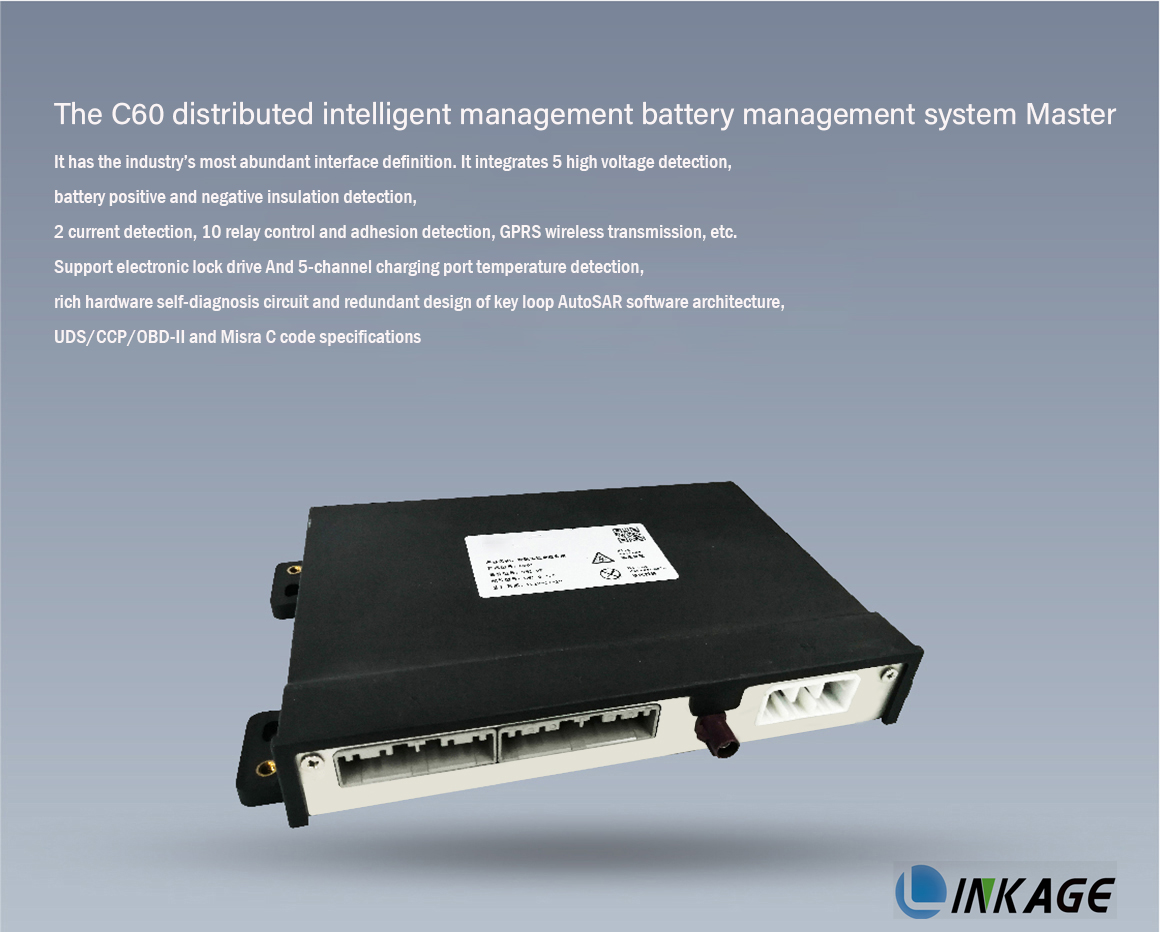
Lithium-ion batteries have different intercalation energies when intercalation reactions occur between the two electrodes, and in order to obtain the best performance of the battery, the capacity ratio of the two host electrodes should maintain a balanced value.
लिथियम-आयन ब्याट्रीहरूमा, क्षमता सन्तुलनलाई सकारात्मक इलेक्ट्रोड र नकारात्मक इलेक्ट्रोडको जन अनुपातको रूपमा व्यक्त गरिन्छ,
That is: γ=m+/m-=ΔxC-/ΔyC+
माथिको सूत्रमा, C ले इलेक्ट्रोडको सैद्धान्तिक कुलम्बिक क्षमतालाई जनाउँछ, र Δx र Δy ले क्रमशः नकारात्मक इलेक्ट्रोड र सकारात्मक इलेक्ट्रोडमा एम्बेडेड लिथियम आयनको स्टोइचियोमेट्रिक संख्यालाई जनाउँछ। यो माथिको सूत्रबाट देख्न सकिन्छ कि दुई ध्रुवहरूको आवश्यक द्रव्यमान अनुपात दुई ध्रुवहरूको संगत कुलम्ब क्षमता र तिनीहरूको सम्बन्धित उल्टो लिथियम आयनहरूको संख्यामा निर्भर गर्दछ।
तस्वीर
सामान्यतया, सानो मास अनुपातले नकारात्मक इलेक्ट्रोड सामग्रीको अपूर्ण उपयोगको नेतृत्व गर्दछ; नकारात्मक इलेक्ट्रोडको ओभरचार्जको कारणले ठूलो जन अनुपातले सुरक्षा खतरा निम्त्याउन सक्छ। छोटकरीमा, अनुकूलित मास अनुपात मा, ब्याट्री प्रदर्शन सबै भन्दा राम्रो छ।
एक आदर्श ली-आयन ब्याट्री प्रणाली को लागी, क्षमता सन्तुलन यसको चक्र को समयमा परिवर्तन गर्दैन, र प्रत्येक चक्र मा प्रारम्भिक क्षमता एक निश्चित मान हो, तर वास्तविक स्थिति धेरै जटिल छ। लिथियम आयन वा इलेक्ट्रोनहरू उत्पन्न वा उपभोग गर्न सक्ने कुनै पनि साइड प्रतिक्रियाले ब्याट्री क्षमता सन्तुलनमा परिवर्तन ल्याउन सक्छ। ब्याट्रीको क्षमता सन्तुलन स्थिति परिवर्तन भएपछि, यो परिवर्तन अपरिवर्तनीय हुन्छ र ब्याट्री कार्यसम्पादनको परिणाम स्वरूप धेरै चक्रहरू मार्फत जम्मा गर्न सकिन्छ। गम्भीर असर। लिथियम-आयन ब्याट्रीहरूमा, लिथियम आयनहरू डिइन्टर्कलेटेड हुँदा हुने रेडक्स प्रतिक्रियाहरू बाहेक, त्यहाँ इलेक्ट्रोलाइट विघटन, सक्रिय सामग्री विघटन, र धातु लिथियम डिपोजिसन जस्ता साइड प्रतिक्रियाहरू पनि छन्।
Reason 1: Overcharging
1. ग्रेफाइट नकारात्मक इलेक्ट्रोड को ओभरचार्ज प्रतिक्रिया:
जब ब्याट्री ओभरचार्ज हुन्छ, लिथियम आयनहरू सजिलै कम हुन्छन् र नकारात्मक इलेक्ट्रोडको सतहमा जम्मा हुन्छन्:
तस्वीर
जम्मा गरिएको लिथियमले नकारात्मक इलेक्ट्रोड सतहलाई कोट गर्दछ, लिथियमको अन्तरक्रियालाई रोक्छ। यसले निम्न कारणले गर्दा डिस्चार्ज दक्षता र क्षमता हानि कम हुन्छ:
①रिसाइकल लिथियमको मात्रा घटाउनुहोस्;
② जम्मा गरिएको धातु लिथियमले Li2CO3, LiF वा अन्य उत्पादनहरू बनाउन विलायक वा समर्थन गर्ने इलेक्ट्रोलाइटसँग प्रतिक्रिया गर्छ;
③ धातु लिथियम सामान्यतया नकारात्मक इलेक्ट्रोड र विभाजक बीच बनाइन्छ, जसले विभाजकको छिद्रहरू रोक्न र ब्याट्रीको आन्तरिक प्रतिरोध बढाउन सक्छ;
④ Due to the very active nature of lithium, it is easy to react with the electrolyte and consume the electrolyte, resulting in a reduction in discharge efficiency and a loss of capacity.
Fast charging, the current density is too large, the negative electrode is severely polarized, and the deposition of lithium will be more obvious. This is likely to occur when the positive electrode active material is excessive relative to the negative electrode active material. However, in the case of a high charging rate, deposition of metallic lithium may occur even if the ratio of positive and negative active materials is normal.
2. Positive electrode overcharge reaction
जब सकारात्मक इलेक्ट्रोड सक्रिय सामग्री र नकारात्मक इलेक्ट्रोड सक्रिय सामग्रीको अनुपात धेरै कम हुन्छ, सकारात्मक इलेक्ट्रोड ओभरचार्ज हुने सम्भावना हुन्छ।
The capacity loss caused by overcharge of the positive electrode is mainly due to the generation of electrochemically inert substances (such as Co3O4, Mn2O3, etc.), which destroy the capacity balance between the electrodes, and the capacity loss is irreversible.
(1) LiyCoO2
LiyCoO2→(1-y)/3[Co3O4+O2(g)]+yLiCoO2 y<0.4
एकै समयमा, सिल गरिएको लिथियम-आयन ब्याट्रीमा सकारात्मक इलेक्ट्रोड सामग्रीको विघटनबाट उत्पन्न हुने अक्सिजन एकै समयमा जम्मा हुन्छ किनभने त्यहाँ कुनै पुन: संयोजन प्रतिक्रिया (जस्तै H2O को उत्पादन) र विघटनबाट उत्पन्न हुने ज्वलनशील ग्यास हुँदैन। इलेक्ट्रोलाइट को, र परिणाम अकल्पनीय हुनेछ।
(2) λ-MnO2
The lithium-manganese reaction occurs when the lithium-manganese oxide is completely delithiated: λ-MnO2→Mn2O3+O2(g)
3. अधिक चार्ज गर्दा इलेक्ट्रोलाइट अक्सिडाइज हुन्छ
जब दबाव 4.5V भन्दा बढी हुन्छ, इलेक्ट्रोलाइट अघुलनशील (जस्तै Li2Co3) र ग्यासहरू उत्पन्न गर्न अक्सिडाइज हुनेछ। यी अघुलनशीलहरूले इलेक्ट्रोडको माइक्रोपोरहरू अवरुद्ध गर्नेछ र लिथियम आयनहरूको माइग्रेसनमा बाधा पुर्याउनेछ, जसको परिणामस्वरूप साइकल चलाउँदा क्षमता घट्छ।
Factors that affect the rate of oxidation:
सकारात्मक इलेक्ट्रोड सामग्री को सतह क्षेत्र
Current collector material
Added conductive agent (carbon black, etc.)
कार्बन ब्ल्याक को प्रकार र सतह क्षेत्र
Among the more commonly used electrolytes, EC/DMC is considered to have the highest oxidation resistance. The electrochemical oxidation process of solution is generally expressed as: solution→oxidation product (gas, solution and solid matter)+ne-
The oxidation of any solvent will increase the electrolyte concentration, decrease the electrolyte stability, and ultimately affect the capacity of the battery. Assuming that a small amount of electrolyte is consumed each time it is charged, more electrolyte is required during battery assembly. For a constant container, this means that a smaller amount of active substance is loaded, which results in a decrease in the initial capacity. In addition, if a solid product is produced, a passivation film will be formed on the surface of the electrode, which will increase the polarization of the battery and reduce the output voltage of the battery.
Reason 2: Electrolyte decomposition (reduction)
म इलेक्ट्रोडमा विघटन गर्छु
1. इलेक्ट्रोलाइट सकारात्मक इलेक्ट्रोडमा विघटित हुन्छ:
इलेक्ट्रोलाइट एक विलायक र एक समर्थन इलेक्ट्रोलाइट समावेश गर्दछ। क्याथोड विघटन भएपछि, अघुलनशील उत्पादनहरू जस्तै Li2Co3 र LiF सामान्यतया बनाइन्छ, जसले इलेक्ट्रोडको छिद्रहरू अवरुद्ध गरेर ब्याट्री क्षमता घटाउँछ। इलेक्ट्रोलाइट घटाउने प्रतिक्रियाले ब्याट्रीको क्षमता र चक्र जीवनमा प्रतिकूल प्रभाव पार्नेछ। कमीबाट उत्पन्न हुने ग्यासले ब्याट्रीको आन्तरिक चाप बढाउन सक्छ, जसले सुरक्षा समस्या निम्त्याउन सक्छ।
सकारात्मक इलेक्ट्रोड विघटन भोल्टेज सामान्यतया 4.5V (बनाम Li/Li+) भन्दा बढी हुन्छ, त्यसैले तिनीहरू सजिलैसँग सकारात्मक इलेक्ट्रोडमा विघटन गर्दैनन्। यसको विपरित, इलेक्ट्रोलाइट नकारात्मक इलेक्ट्रोडमा अधिक सजिलै विघटित हुन्छ।
2. इलेक्ट्रोलाइट नकारात्मक इलेक्ट्रोडमा विघटित हुन्छ:
इलेक्ट्रोलाइट ग्रेफाइट र अन्य लिथियम-सम्मिलित कार्बन एनोडहरूमा स्थिर छैन, र अपरिवर्तनीय क्षमता उत्पन्न गर्न प्रतिक्रिया गर्न सजिलो छ। प्रारम्भिक चार्ज र डिस्चार्जको समयमा, इलेक्ट्रोलाइटको विघटनले इलेक्ट्रोडको सतहमा एक निष्क्रियता फिल्म बनाउँछ, र निष्क्रियता फिल्मले इलेक्ट्रोलाइटको थप विघटन रोक्नको लागि कार्बन नकारात्मक इलेक्ट्रोडबाट इलेक्ट्रोलाइट अलग गर्न सक्छ। यसरी, कार्बन एनोडको संरचनात्मक स्थिरता कायम राखिएको छ। आदर्श अवस्थाहरूमा, इलेक्ट्रोलाइटको कमी passivation फिल्म गठन चरणमा सीमित छ, र यो प्रक्रिया चक्र स्थिर हुँदा उत्पन्न हुँदैन।
Formation of passivation film
इलेक्ट्रोलाइट लवणको कमीले प्यासिभेसन फिल्मको गठनमा भाग लिन्छ, जुन प्यासिभेसन फिल्मको स्थिरीकरणको लागि लाभदायक हुन्छ, तर
(1) कटौती द्वारा उत्पादित अघुलनशील पदार्थले विलायक घटाउने उत्पादनमा प्रतिकूल प्रभाव पार्नेछ;
(2) The concentration of the electrolyte decreases when the electrolyte salt is reduced, which eventually leads to the loss of battery capacity (LiPF6 is reduced to form LiF, LixPF5-x, PF3O and PF3);
(3) प्यासिभेसन फिल्मको गठनले लिथियम आयनहरू खपत गर्छ, जसले दुई इलेक्ट्रोडहरू बीचको क्षमता असंतुलनलाई सम्पूर्ण ब्याट्रीको विशिष्ट क्षमता घटाउनेछ।
(4) If there are cracks on the passivation film, solvent molecules can penetrate and thicken the passivation film, which not only consumes more lithium, but also may block the micropores on the carbon surface, resulting in the inability of lithium to be inserted and extracted. , resulting in irreversible capacity loss. Adding some inorganic additives to the electrolyte, such as CO2, N2O, CO, SO2, etc., can accelerate the formation of the passivation film and inhibit the co-insertion and decomposition of the solvent. The addition of crown ether organic additives also has the same effect. 12 crowns and 4 ethers are the best.
चलचित्र क्षमता हानिका कारकहरू:
(१) प्रक्रियामा प्रयोग गरिएको कार्बनको प्रकार;
(2) इलेक्ट्रोलाइट संरचना;
(3) Additives in electrodes or electrolytes.
Blyr believes that the ion exchange reaction advances from the surface of the active material particle to its core, the new phase formed bury the original active material, and a passive film with low ionic and electronic conductivity is formed on the surface of the particle, so the spinel after storage Greater polarization than before storage.
Zhang found that the resistance of the surface passivation layer increased and the interfacial capacitance decreased with the increase of the number of cycles. It reflects that the thickness of the passivation layer increases with the number of cycles. The dissolution of manganese and the decomposition of the electrolyte lead to the formation of passivation films, and high temperature conditions are more conducive to the progress of these reactions. This will increase the contact resistance between the active material particles and the Li+ migration resistance, thereby increasing the polarization of the battery, incomplete charging and discharging, and reduced capacity.
II Reduction Mechanism of Electrolyte
इलेक्ट्रोलाइटले प्रायः अक्सिजन, पानी, कार्बन डाइअक्साइड र अन्य अशुद्धताहरू समावेश गर्दछ, र ब्याट्रीको चार्ज र डिस्चार्ज प्रक्रियाको क्रममा रेडक्स प्रतिक्रियाहरू हुन्छन्।
The reduction mechanism of the electrolyte includes three aspects: solvent reduction, electrolyte reduction and impurity reduction:
1. Solvent reduction
PC र EC को कमीमा एक-इलेक्ट्रोन प्रतिक्रिया र दुई-इलेक्ट्रोन प्रतिक्रिया प्रक्रिया समावेश छ, र दुई-इलेक्ट्रोन प्रतिक्रियाले Li2CO3 बनाउँछ:
Fong et al. believed that during the first discharge process, when the electrode potential was close to 0.8V (vs. Li/Li+), the electrochemical reaction of PC/EC occurred on graphite to generate CH=CHCH3(g)/CH2=CH2( g) and LiCO3(s), leading to irreversible capacity loss on graphite electrodes.
Aurbach et al। लिथियम मेटल इलेक्ट्रोड र कार्बन-आधारित इलेक्ट्रोडहरूमा विभिन्न इलेक्ट्रोलाइटहरूको घटाउने संयन्त्र र उत्पादनहरूमा व्यापक अनुसन्धान गरियो, र पत्ता लगायो कि PC को एक-इलेक्ट्रोन प्रतिक्रिया संयन्त्रले ROCO2Li र प्रोपाइलिन उत्पादन गर्दछ। ROCO2Li पानी ट्रेस गर्न धेरै संवेदनशील छ। मुख्य उत्पादनहरू ट्रेस पानीको उपस्थितिमा Li2CO3 र प्रोपाइलिन हुन्, तर कुनै Li2CO3 सुख्खा अवस्थामा उत्पादन हुँदैन।
DEC को पुनर्स्थापना:
Ein-Eli Y ले रिपोर्ट गर्यो कि डाइथाइल कार्बोनेट (DEC) र डाइमिथाइल कार्बोनेट (DMC) सँग मिसाइएको इलेक्ट्रोलाइटले ब्याट्रीमा एथिल मिथाइल कार्बोनेट (EMC) उत्पन्न गर्नको लागि विनिमय प्रतिक्रियाबाट गुज्रनेछ, जुन क्षमताको हानिको लागि जिम्मेवार छ। निश्चित प्रभाव।
2. Electrolyte reduction
इलेक्ट्रोलाइटको घटाउने प्रतिक्रिया सामान्यतया कार्बन इलेक्ट्रोड सतह फिल्मको गठनमा संलग्न मानिन्छ, त्यसैले यसको प्रकार र एकाग्रताले कार्बन इलेक्ट्रोडको प्रदर्शनलाई असर गर्नेछ। केही अवस्थामा, इलेक्ट्रोलाइटको कमीले कार्बन सतहको स्थिरीकरणमा योगदान दिन्छ, जसले वांछित निष्क्रियता तह बनाउन सक्छ।
यो सामान्यतया विश्वास गरिन्छ कि सपोर्टिंग इलेक्ट्रोलाइट विलायक भन्दा कम गर्न सजिलो छ, र घटाउने उत्पादन नकारात्मक इलेक्ट्रोड डिपोजिसन फिल्ममा मिसिन्छ र ब्याट्रीको क्षमता क्षयलाई असर गर्छ। समर्थन इलेक्ट्रोलाइट्स को धेरै सम्भावित कमी प्रतिक्रियाहरु निम्नानुसार छन्:
3. अशुद्धता कमी
(1) If the water content in the electrolyte is too high, LiOH(s) and Li2O deposits will be formed, which is not conducive to the insertion of lithium ions, resulting in irreversible capacity loss:
H2O+e→OH-+1/2H2
OH-+Li+→LiOH(हरू)
LiOH+Li++e-→Li2O(s)+1/2H2
The generated LiOH(s) is deposited on the electrode surface, forming a surface film with high resistance, which hinders Li+ intercalation into the graphite electrode, resulting in irreversible capacity loss. A small amount of water (100-300×10-6) in the solvent has no effect on the performance of the graphite electrode.
(2) The CO2 in the solvent can be reduced on the negative electrode to form CO and LiCO3(s):
2CO2+2e-+2Li+→Li2CO3+CO
CO will increase the internal pressure of the battery, and Li2CO3(s) will increase the internal resistance of the battery and affect the battery performance.
(3) The presence of oxygen in the solvent will also form Li2O
1/2O2+2e-+2Li+→Li2O
Because the potential difference between metallic lithium and fully intercalated carbon is small, the reduction of the electrolyte on carbon is similar to the reduction on lithium.
Reason 3: Self-discharge
Self-discharge refers to the phenomenon that the battery loses its capacity naturally when it is not in use. Li-ion battery self-discharge leads to capacity loss in two cases:
One is the reversible capacity loss;
दोस्रो अपरिवर्तनीय क्षमताको हानि हो।
रिभर्सिबल क्षमता हानि भनेको चार्जिङको क्रममा हराएको क्षमता पुन: प्राप्त गर्न सकिन्छ, जबकि अपरिवर्तनीय क्षमता नोक्सान विपरित हो। सकारात्मक र नकारात्मक इलेक्ट्रोडहरूले चार्ज गरिएको अवस्थामा इलेक्ट्रोलाइटसँग माइक्रोब्याट्रीको रूपमा काम गर्न सक्छन्, जसको परिणामस्वरूप लिथियम आयन इन्टरकेलेसन र डिइन्टर्कलेसन, र सकारात्मक र नकारात्मक इलेक्ट्रोडहरूको इन्टरकेलेसन र डिइन्टर्कलेसन हुन्छ। इम्बेडेड लिथियम आयनहरू इलेक्ट्रोलाइटको लिथियम आयनहरूसँग मात्र सम्बन्धित छन्, त्यसैले सकारात्मक र नकारात्मक इलेक्ट्रोडहरूको क्षमता असंतुलित छ, र चार्जिङको समयमा क्षमता हानिको यो भाग पुन: प्राप्त गर्न सकिँदैन। जस्तै:
लिथियम म्यांगनीज अक्साइड सकारात्मक इलेक्ट्रोड र विलायकले माइक्रो-ब्याट्री प्रभाव र आत्म-डिस्चार्ज निम्त्याउनेछ, जसको परिणामस्वरूप अपरिवर्तनीय क्षमता हानि हुन्छ:
LiyMn2O4+xLi++xe-→Liy+xMn2O4
Solvent molecules (such as PC) are oxidized on the surface of conductive material carbon black or current collector as a microbattery anode:
xPC→xPC-radical+xe-
Similarly, the negative active material may interact with the electrolyte to cause self-discharge and cause irreversible capacity loss, and the electrolyte (such as LiPF6) is reduced on the conductive material:
PF5+xe-→PF5-x
Lithium carbide in the charged state is oxidized by removing lithium ions as the negative electrode of the microbattery:
LiyC6→Liy-xC6+xLi+++xe-
Factors affecting self-discharge: the manufacturing process of the positive electrode material, the manufacturing process of the battery, the properties of the electrolyte, temperature, and time.
